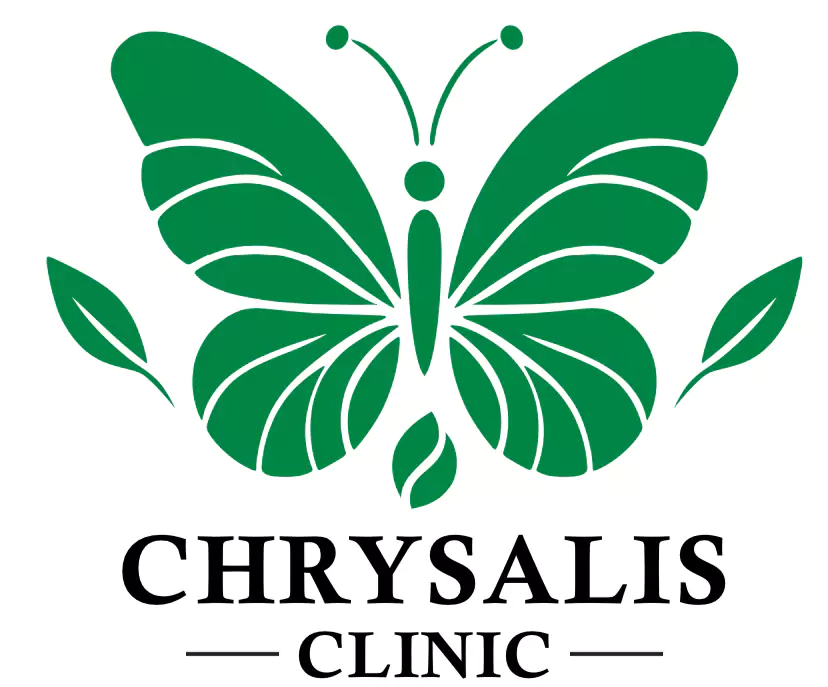What is Premenstrual Dysphoric Disorder? It’s a severe form of PMS, causing extreme emotional and physical changes that can disrupt daily life. PMDD isn’t just about feeling a bit moody or tired. It impacts women’s health significantly if not managed well.
Understanding what is Premenstrual Dysphoric Disorder leads to much-needed awareness. Recognizing and dealing with PMDD can improve both mental and physical well-being for countless women. Raising this awareness helps encourage early diagnosis and effective intervention for those affected. In this way, women can achieve a better quality of life.
Recognizing and Understanding PMDD
PMDD is different from typical PMS. It brings more severe symptoms that can overlap with other mood issues, like depression and anxiety. The premenstrual dysphoric disorder symptoms involve intense emotional responses, such as mood swings that disrupt relationships and daily activities. Physically, women might experience significant headaches, bloating, and sleep problems.
PMDD affects about 3-8% of women in their reproductive years. This disorder can impact anyone of that age group but is more common in women with a history of anxiety or depression. Identifying who is most at risk helps in understanding PMDD better and managing it effectively.
Getting a premenstrual dysphoric disorder diagnosis often involves tracking symptoms over multiple menstrual cycles. This can be done by noting both physical and emotional changes that occur. Healthcare providers use these observations to distinguish PMDD from depression and anxiety. Women with these conditions might find it difficult to see the distinctions without professional guidance.
Navigating the Causes and Treatments for PMDD
The exact causes of PMDD aren’t known, but there are clues. Hormonal changes during the menstrual cycle are major players. These fluctuations can alter serotonin levels in the brain, impacting mood regulation. There’s also a potential genetic component, making some women more susceptible than others.
Managing PMDD involves both lifestyle and medical interventions. Holistic remedies for PMDD can include:
- Mindfulness practices: These help reduce stress and ease emotional symptoms.
- Dietary changes: Eating a balanced diet rich in vitamins and minerals can help. Discovering the best diet for PMDD may involve increasing intake of calcium-rich foods and omega-3 fatty acids.
- Exercise routines: Regular physical activity can boost mood and relieve physical discomfort.
Medical premenstrual dysphoric disorder treatment options also exist. Some women find relief using SSRIs, a type of antidepressant that regulates serotonin. Hormonal treatments, like oral contraceptives, can level out hormonal fluctuations. Pain relievers manage physical symptoms, offering a more comfortable monthly experience.
Research into PMDD is ongoing, promising exciting future breakthroughs. Understanding this complex disorder aids in developing better treatment plans. Premenstrual dysphoric disorder medication advancements bring hope, and clinical trials offer glimpses into innovative therapies.
Empowering Self-Care and Seeking Support
Taking charge of PMDD means recognizing what’s happening in your body and mind. Self-advocacy involves tracking symptoms and discussing them with healthcare providers. Clearly communicating experiences can lead to more effective management strategies.
Emotional support is also crucial. Counseling and peer networks provide ways to cope when feelings become overwhelming. These avenues offer understanding and camaraderie for women facing similar challenges.
It’s not just emotional support—you can manage physical symptoms, too. Dietary tweaks help in alleviating PMDD symptoms. Including local foods known for their positive impact on mood can be beneficial. Experimenting with these additions might make a noticeable difference each month.
Women are encouraged to explore medical and holistic remedies for PMDD that suit their individual needs. The journey towards better health is made brighter by the advancements in PMDD research, offering fresh hope every day. Finding the right balance of treatment empowers women to enjoy a fuller, more vibrant life despite the challenges of PMDD.

